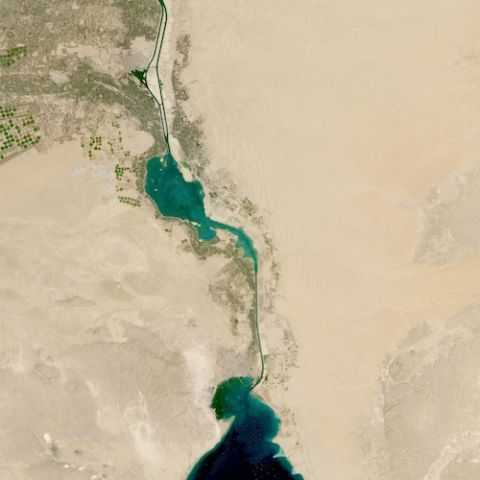By Josh Blumenfeld, NASA EarthData

A collaboration between NASA and IBM will use artificial intelligence (AI) technology developed by IBM to discover insights in NASA Earth science data. This joint undertaking will be a new application of AI foundational model technology to NASA Earth observation satellite data.
Foundation models are types of AI models trained on a broad set of unlabeled data. They can be used for different tasks and can apply information about one situation to another. The goal of the NASA/IBM work is to provide an easier way for researchers to analyze and draw insights from large NASA datasets related to Earth processes.
NASA and IBM plan to develop several applications to extract insights from Earth observations. One project will train an IBM geospatial intelligence foundation model on NASA’s Harmonized Landsat Sentinel-2 (HLS) dataset while another project is expected to be a large language model based on Earth science literature. These models will be open and available to the entire science community.
IBM is working with NASA’s Interagency Implementation and Advanced Concepts Team (IMPACT) on this effort. Based at NASA’s Marshall Space Flight Center in Huntsville, Alabama, IMPACT is a component of NASA’s Earth Science Data Systems (ESDS) Program and is charged with expanding the use of NASA Earth observing data through innovation, partnerships, and technology.
“The beauty of foundation models is they can potentially be used for many downstream applications,” says Dr. Rahul Ramachandran, IMPACT manager and a senior research scientist at Marshall. “Building these foundation models cannot be tackled by small teams; you need teams across different organizations to bring their different perspectives, resources, and skill sets.”
This collaboration is part of NASA’s Open-Source Science Initiative (OSSI), a commitment to building an inclusive, transparent, and collaborative open science community over the next decade.
Related Reading
(Added May 2023)
Earth’s climate is changing. IBM’s new geospatial foundation model could help track and adapt to a new landscape; IBM blog [external link]






